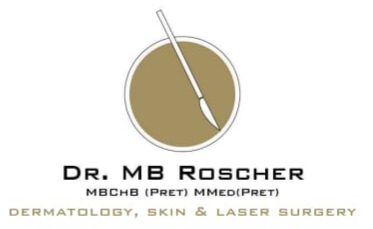Mohs surgery, also known as chemosurgery, developed in 1938 by a general surgeon, Dr. Frederic E. Mohs, is microscopically controlled surgery used to treat common types of skin cancer. During the surgery, after each removal of tissue, while the patient waits, the pathologist examines the tissue specimen for cancer cells, and that examination informs the surgeon where to remove tissue next.
The surgeon performing the procedure is also the pathologist reading the specimen slides. Mohs surgery is one of the many methods of obtaining complete margin control during removal of a skin cancer (CCPDMA – complete circumferential peripheral and deep margin assessment) using frozen section histology. CCPDMA or Mohs surgery allows for the removal of a skin cancer with very narrow surgical margin and a high cure rate. The cure rate with Mohs surgery cited by most studies is between 97% and 99.8% for primary basal cell carcinoma, the most common type of skin cancer.
Mohs procedure is also used for squamous cell carcinoma, but with a lower cure rate. Two isolated studies reported cure rate for primary basal cell carcinoma as low as 95% and 96% (see the discussion below titled “Why is the Cure Rate so Varied?). Recurrent basal cell cancer has a lower cure rate with Mohs surgery, more in the range of 94%. It has been used in the removal of melanoma-in-situ (cure rate 77% to 98% depending on surgeon), and certain types of melanoma (cure rate 52%). Another study of melanoma-in-situ revealed Mohs cure rate of 95% for frozen section Mohs, and 98 to 99% for fixed tissue Mohs method.
Other indications for Mohs surgery include dermatofibrosarcoma protuberans, keratoacanthoma, spindle cell tumors, sebaceous carcinomas, microcystic adnexal carcinoma, merkel cell carcinoma, Paget’s disease of the breast, atypical fibroxanthoma, leiomyosarcoma, and angiosarcoma.
Because the Mohs procedure is micrographically controlled, it provides precise removal of the cancerous tissue, while healthy tissue is spared. Mohs surgery is relatively expensive when compared to other surgical modalities. However, in anatomically important areas (eyelid, nose, lips), tissue sparing and low recurrence rate makes it a procedure of choice by many physicians
